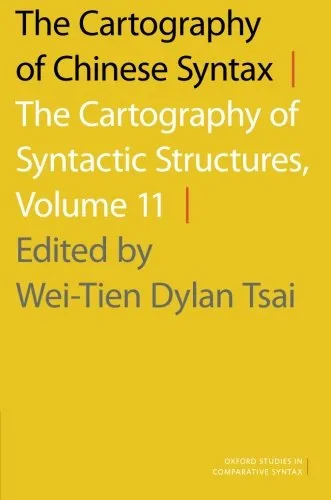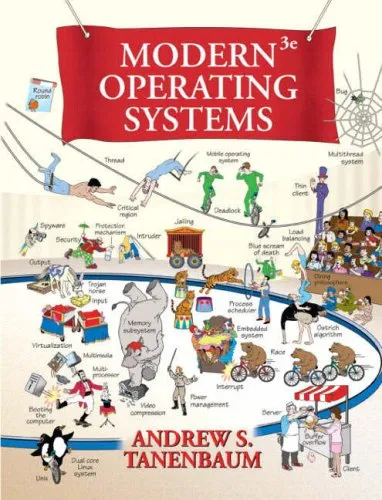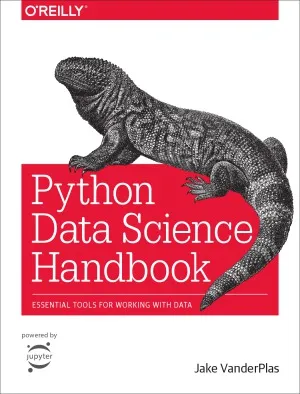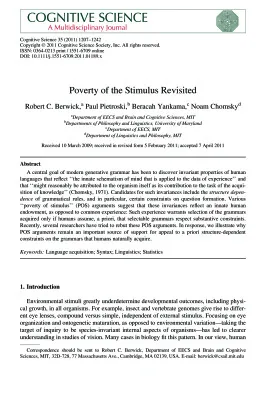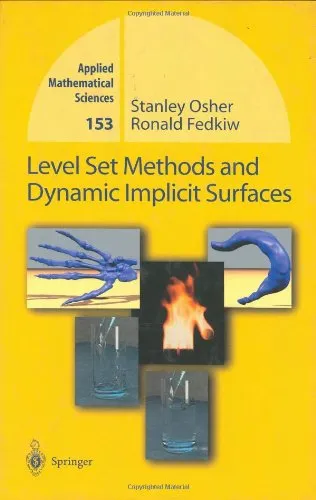The Cartography of Chinese Syntax: The Cartography of Syntactic Structures, Volume 11
4.5
Reviews from our users

You Can Ask your questions from this book's AI after Login
Each download or ask from book AI costs 2 points. To earn more free points, please visit the Points Guide Page and complete some valuable actions.Related Refrences:
This edited volume provides new insights into the architecture of Chinese grammar from a comparative perspective, using principles of cartography. Cartography is a research program within syntactic theory that is guided by the view that syntactic structures contain grammatical and functional information that is ideal for semantic interpretation - by studying the syntactic structures of a particular language, syntacticians can better understand the semantic issues at play in that language. The chapters in this book map out the "topography" of a variety of constructions in Chinese, specifically information structure, wh-question formation, and peripheral functional elements. The syntactic structure of Chinese makes it an ideal language for this line of research, because functional elements are often spread throughout sentences rather than clumped together as is usually dictated by language-specific morphology. Mapping Chinese syntactic structures therefore offers a window into the origin of heavily "scrambled" constructions often observed in other languages. The book includes a preface that will discusses the goal of cartography and explains how the collection contributes towards our understanding of this approach to syntax. The subsequent seven original articles all contain original syntactic data that is invaluable for future research in cartography, and the collection as a whole paints a broader picture of how the alignment between syntax and semantics works in a principled way.
Free Direct Download
You Can Download this book after Login
Accessing books through legal platforms and public libraries not only supports the rights of authors and publishers but also contributes to the sustainability of reading culture. Before downloading, please take a moment to consider these options.
Find this book on other platforms:
WorldCat helps you find books in libraries worldwide.
See ratings, reviews, and discussions on Goodreads.
Find and buy rare or used books on AbeBooks.
1246
بازدید4.5
امتیاز0
نظر98%
رضایتReviews:
4.5
Based on 0 users review
Questions & Answers
Ask questions about this book or help others by answering
Please login to ask a question
No questions yet. Be the first to ask!
